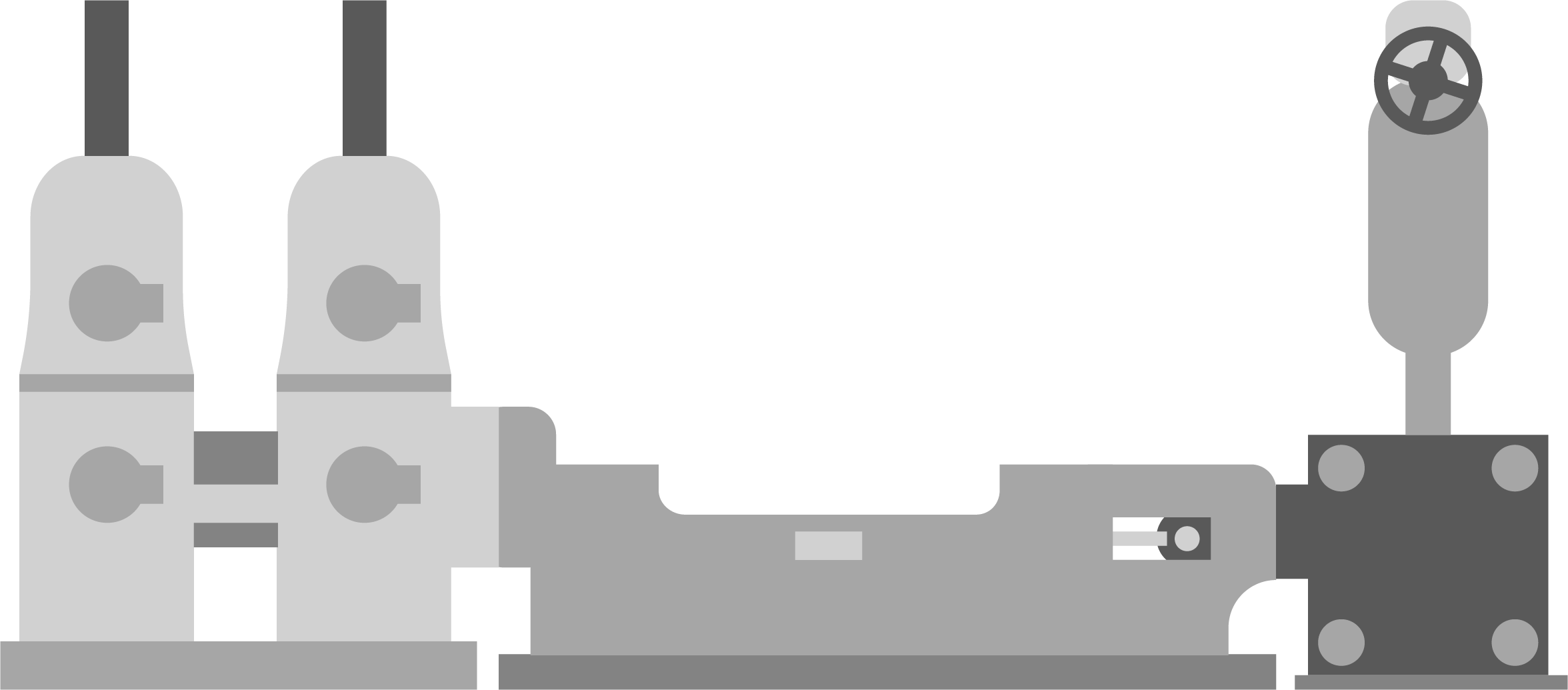History


-
1876
In the summer of 1876, the formation of the Boston Water Board signaled a major step forward. The new board replaced the Cochituate and Mystic Water Boards. In its first report, the board noted the importance of a high service station at Chestnut Hill. Such a station was needed to provide water to the higher regions of the city.
-
1886
The MWM building was built by immigrants who were coming in great numbers to Boston at the end of the nineteenth century. They brought their skills and craftsmanship to not only create a working building but also one of beauty. This is important when looking at the buildings from the “gilded age.”
-
1886
The “High Service Pumping Station,” now housing the Metropolitan Waterworks Museum, was designed by architect Arthur H. Vinal in 1886-1887 and seamlessly expanded by Edmund M. Wheelwright, in 1897-1898. The building was constructed at the height of what is sometimes referred to as Boston’s “Golden Age,” a period of great prosperity that lasted from the Civil War through World War I.
-
1894
The Leavitt pumping engine was installed in 1894. It became the lead pump and ran with respectable efficiency, but due to its unusual design, it required frequent maintenance. Once the more reliable Allis engine was installed, the Leavitt was used as a secondary pump. It was taken out of service in 1928.
-
1897
The architectural style used by Vinal and Wheelwright was Richardsonian Romanesque. The best example of H.H. Richardson’s work in Boston is Trinity Church in Copley Square. When one looks at the two buildings through the lens of architectural history, one can see the similarities. This led to MWM often being called the “Tabernacle of Steam.”
-
1900
Fayette F. Forbes, the Superintendent of the Waterworks in Brookline, MA quoted the following from page 32 of the 1898 report of the Massachusetts State Board of Health: "It has been found that many waters, when brought into contact with lead service pipes, as in lead distribution pipes, dissolve lead from the pipes and the water thus becomes dangerous to those who drink it. While the quantity of lead dissolved may be small, and a single dose might not harm the user of the water, the continued use of water containing lead is harmful, because lead is a cumulative poison. The exact amount of lead which may be taken into the system without producing harm is not definitely known, and may vary in different people; but it is known that the continued use of water containing quantities of lead as small as .05 of a part per 100,000 or about 1/33 of a grain per gallon, has caused serious injury to health."
